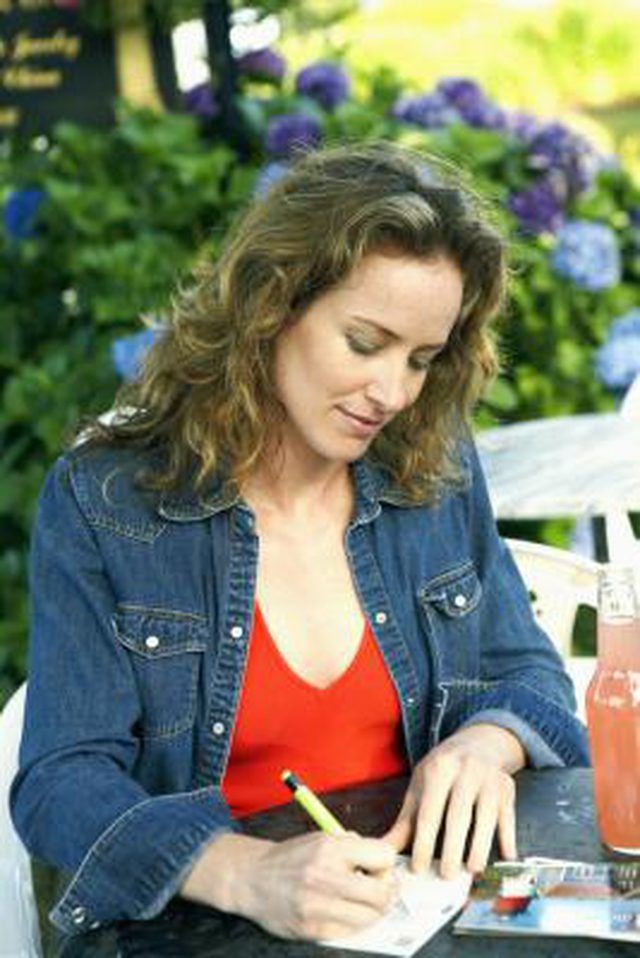Bulbs
Flower Basics
Flower Beds & Specialty Gardens
Flower Garden
Garden Furniture
Garden Gnomes
Garden Seeds
Garden Sheds
Garden Statues
Garden Tools & Supplies
Gardening Basics
Green & Organic
Groundcovers & Vines
Growing Annuals
Growing Basil
Growing Beans
Growing Berries
Growing Blueberries
Growing Cactus
Growing Corn
Growing Cotton
Growing Edibles
Growing Flowers
Growing Garlic
Growing Grapes
Growing Grass
Growing Herbs
Growing Jasmine
Growing Mint
Growing Mushrooms
Orchids
Growing Peanuts
Growing Perennials
Growing Plants
Growing Rosemary
Growing Roses
Growing Strawberries
Growing Sunflowers
Growing Thyme
Growing Tomatoes
Growing Tulips
Growing Vegetables
Herb Basics
Herb Garden
Indoor Growing
Landscaping Basics
Landscaping Patios
Landscaping Plants
Landscaping Shrubs
Landscaping Trees
Landscaping Walks & Pathways
Lawn Basics
Lawn Maintenance
Lawn Mowers
Lawn Ornaments
Lawn Planting
Lawn Tools
Outdoor Growing
Overall Landscape Planning
Pests, Weeds & Problems
Plant Basics
Rock Garden
Rose Garden
Shrubs
Soil
Specialty Gardens
Trees
Vegetable Garden
Yard Maintenance
How to Design a Simple Garden Plan
How to Design a Simple Garden Plan. Whether you want to start a butterfly garden or grow vegetables for the table, create a simple garden plan before digging up the yard. Your garden plan includes the site layout, a list of all the desired plants or seeds, and any necessary soil amendments. Start your planning well in advance of planting to allow...

Whether you want to start a butterfly garden or grow vegetables for the table, create a simple garden plan before digging up the yard. Your garden plan includes the site layout, a list of all the desired plants or seeds, and any necessary soil amendments. Start your planning well in advance of planting to allow yourself time to gather information and to send away for seeds or seedlings, if necessary.
Things You'll Need
Paper
Pencil
Seed catalogs
Choose your garden location. Measure the site and check for shady areas, the hours of direct sunlight and the availability of water or irrigation. Take a soil sample to your local cooperative extension office to test the soil's nutrient content, pH level and texture.
Sketch your garden to scale on a piece of paper with a pencil. Include existing shade trees and notations about sunlight.
Make a list on a separate piece of paper of the plants you want to grow. Designate whether each crop will be planted as a seed or transplanted as a seedling, and decide where you'll be purchasing each plant or seed packet. Check with your cooperative extension office for the best planting dates and mark the information on your list. Make a separate list of soil additives that the extension office recommends as a result of your soil sample test.
Place your desired plants into your garden sketch based on their shade, sunlight and space requirements. Draw rows for your vegetable garden, penciling in each crop. For a flower or butterfly garden, add plants according to their shade, sunlight and space requirements, keeping in mind that flower gardens are grown for appearance. Place shorter plants in front and taller plants to the rear of the garden in a tiered or stepped fashion.